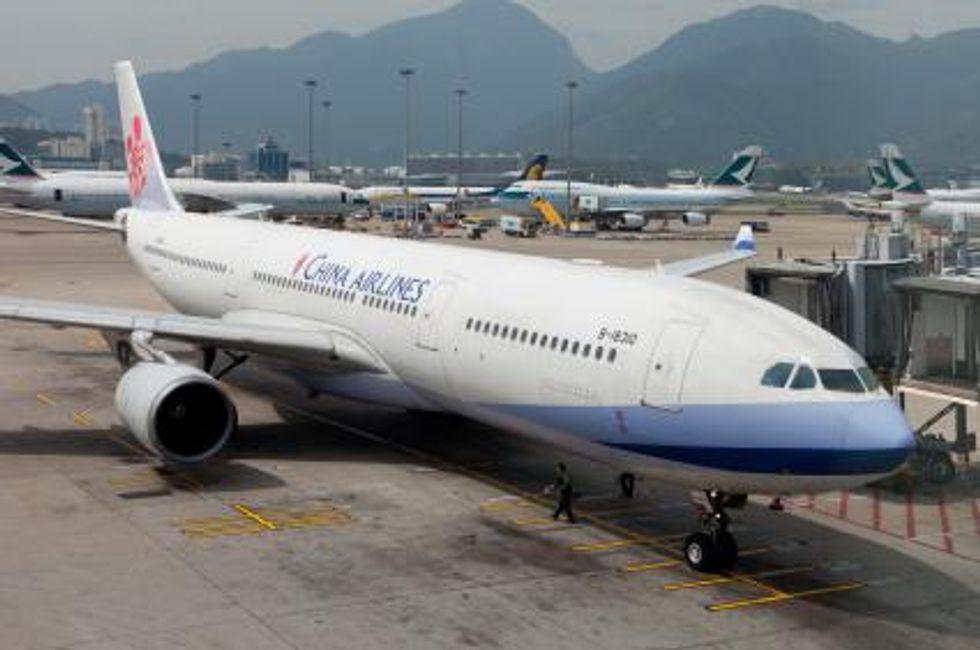- AustraliaNorth AmericaWorld
Investing News NetworkYour trusted source for investing success
- Lithium Outlook
- Oil and Gas Outlook
- Gold Outlook Report
- Uranium Outlook
- Rare Earths Outlook
- All Outlook Reports
- Top Generative AI Stocks
- Top EV Stocks
- Biggest AI Companies
- Biggest Blockchain Stocks
- Biggest Cryptocurrency-mining Stocks
- Biggest Cybersecurity Companies
- Biggest Robotics Companies
- Biggest Social Media Companies
- Biggest Technology ETFs
- Artificial Intellgience ETFs
- Robotics ETFs
- Canadian Cryptocurrency ETFs
- Artificial Intelligence Outlook
- EV Outlook
- Cleantech Outlook
- Crypto Outlook
- Tech Outlook
- All Market Outlook Reports
- Cannabis Weekly Round-Up
- Top Alzheimer's Treatment Stocks
- Top Biotech Stocks
- Top Plant-based Food Stocks
- Biggest Cannabis Stocks
- Biggest Pharma Stocks
- Longevity Stocks to Watch
- Psychedelics Stocks to Watch
- Top Cobalt Stocks
- Small Biotech ETFs to Watch
- Top Life Science ETFs
- Biggest Pharmaceutical ETFs
- Life Science Outlook
- Biotech Outlook
- Cannabis Outlook
- Pharma Outlook
- Psychedelics Outlook
- All Market Outlook Reports
China has had a profound influence on the cobalt industry, as increases over recent years are almost exclusively from demand from the country.
By Damon van der Linde – Exclusive to Cobalt Investing News
In the past 10 years, China has had a profound influence on the cobalt industry, and according to the Cobalt Development Institute (CDI), the increases noted over recent years have resulted almost exclusively from substantial demand in the country, as well as from Southeast Asia.
Because at the moment 65 percent of the world’s cobalt is mined in Africa, and the majority of that in the Democratic Republic of Congo (DRC), Chinese companies are currently making major investments to secure a supply from the continent. Despite the fact that such a large percentage of the mineral is mined from the DRC, the CDI reports that China is the world’s leading refiner, producing 33,000 of the total 76,050 tonnes in 2010.
“Most of the material going into China comes from the DRC at this point mostly as cobalt concentrates that are upgraded in China,” said Jonathan Lee, an analyst at Byron Capital Markets.
The CDI says that the DRC Government has attempted to put restrictions on the export of ores and concentrates in order to encourage greater development of downstream processing in the country, and has also been reviewing and in some cases re-negotiating mining contracts in the country.
Still, the Chinese presence in African cobalt mining is growing at an increasing rate as the world’s largest manufacturing nations vie for this localized concentration of the mineral. Recently, the Chinese state-owned Jinchuan Group, the second largest producer of cobalt in the country, outbid Brazilian mining giants Vale (NYSE:VALE) to secure 31.15 percent of Metorex Limited, which owns mines in Zambia and the DRC. It also has three projects in the DRC, one in the development phase and two in the exploration phase. Metorex produced 3,622 metric tons of cobalt last year and has three additional projects in the DRC, one in the development phase and two in the exploration phase.
“Africa is a key focus for our company,” a Jinchuan executive told the Financial Times.
Though there is a demand for cobalt in battery technologies and medical applications, a large portion of cobalt is used in super-alloys, with much of the mineral being used in jet engines and “super stainless steel,” mainly for its ability to operate at higher temperatures. According to the CDI, nearly 20 percent of cobalt demand is for super-alloys and along with batteries, is a growing market.
China has openly cited a desire to increase aircraft development as a “cornerstone of its new strategic industry plan,” putting cobalt as a valuable material in developing more efficient technology and challenging Boeing and Airbus, the world’s two largest commercial jet manufacturers.
The Shanghai Security News reported that the Chinese government is close to announcing new rules to help domestic aircraft manufacturers so that they can provide a big slice of the 4,000 aircraft that the country is expected to buy over the next 20 years.
“You’re seeing a bullishness in the aircraft manufacturing and what they’re really touting is the fuel efficiency of the new engines as well as the aircraft,” said Lee. “If you have a higher operating temperature, you increase the fuel efficiency so you can see potentially the increased the increased use of cobalt per engine, as well as the bullishness of the customers buying the new Boeings and Airbuses.”
Investing News Network websites or approved third-party tools use cookies. Please refer to the cookie policy for collected data, privacy and GDPR compliance. By continuing to browse the site, you agree to our use of cookies.
